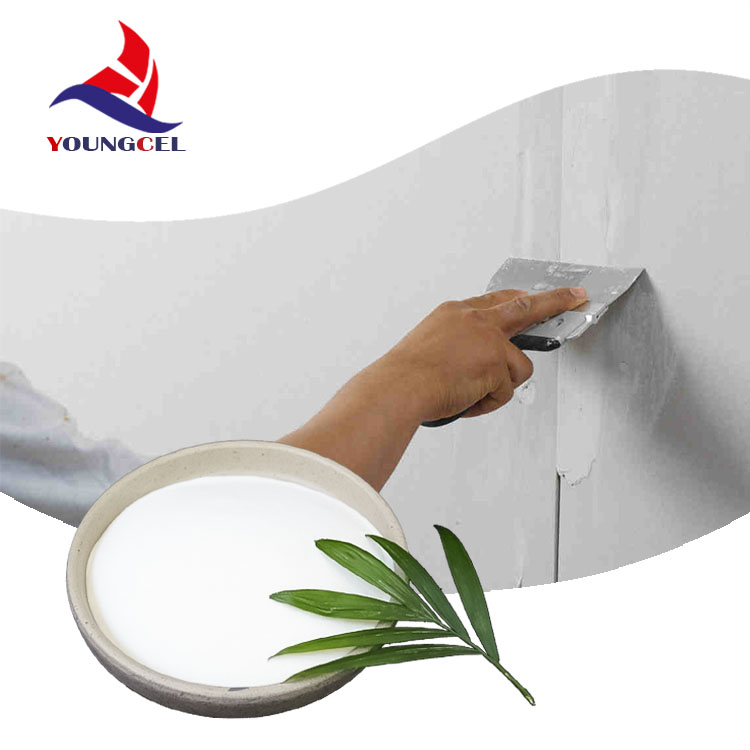Ceramic Adhesives An Essential Solution for Modern Bonding Needs
Ceramic adhesives, often overlooked in the vast array of bonding solutions available today, play a crucial role in various industries, from construction to electronics. These specialized adhesives are formulated primarily for bonding ceramic materials, although they can also be effective for glass, metal, and certain plastics. With the growing demand for reliable and durable bonding solutions, the significance of ceramic adhesives is becoming ever more apparent.
The composition of ceramic adhesives typically includes a mixture of inorganic materials, resins, and hardeners that work in synergy to provide excellent adhesion, thermal stability, and chemical resistance. These properties make them particularly suitable for high-temperature applications, where traditional adhesives may fail. For instance, in the automotive and aerospace industries, components often encounter extreme heat and stress. Ceramic adhesives can withstand these conditions, ensuring that joints remain strong and intact.
One of the key advantages of ceramic adhesives is their exceptional bonding strength
. They can create a reliable bond that resists fracture and delamination, essential qualities in applications where mechanical forces are at play. This attribute is particularly valuable in the construction sector, where porcelain tiles and other ceramic elements must be securely adhered to surfaces to withstand foot traffic and load pressures.Moreover, ceramic adhesives are known for their versatility. They come in various forms, including pastes, powders, and liquids, allowing for easy application across different substrates and conditions. Whether it’s for tiling a kitchen backsplash, mounting fixtures, or repairing broken ceramics, these adhesives can be adapted to meet the specific requirements of the task at hand. For example, some formulations are designed for fast-setting, enabling quick repairs that minimize downtime, while others are engineered for extended working times, allowing for adjustments during application.
ceramic adhesives

In addition to their mechanical properties, ceramic adhesives offer excellent resistance to moisture and environmental factors. This makes them ideal for use in areas that are frequently exposed to water, such as bathrooms and kitchens. The ability to withstand humidity and temperature fluctuations ensures that the adhesive bond remains intact over time, significantly reducing the risk of tile lifting or cracking.
Careful selection of the right ceramic adhesive is essential for optimal results. Factors such as the materials being bonded, the environmental conditions, and the intended application will influence the choice of adhesive. Manufacturers provide detailed specifications, including cure times, service temperature ranges, and chemical resistance, to assist users in making informed decisions.
Sustainability is also a growing concern in the modern adhesive market. Many manufacturers are now focusing on developing eco-friendly ceramic adhesives that have reduced environmental impacts. These innovations often involve the use of renewable raw materials and low VOC (volatile organic compounds) formulations, appealing to environmentally conscious consumers and industries.
In conclusion, ceramic adhesives represent a vital solution for bonding needs across a variety of applications. Their strength, versatility, moisture resistance, and ability to perform under harsh conditions make them invaluable in both industrial and domestic settings. As industries continue to innovate and prioritize sustainable practices, the future of ceramic adhesives looks promising, ensuring that they will remain an essential component of modern bonding technology. Whether for repairs, construction, or artistic endeavors, ceramic adhesives will undoubtedly continue to provide reliable solutions well into the future.
-
Premium Detergent Grade HPMC Hydroxypropyl Methylcellulose: Superior Thickening & StabilityNewsAug.31,2025
-
HEC 100000 Hydroxyethylcellulose for Paint | Superior ThickeningNewsAug.30,2025
-
Wall Putty Rdp Powder Packaging DesignNewsAug.29,2025
-
Introduction to Hpmc Hydroxypropyl Methyl CellulosNewsAug.29,2025
-
Hpmc Industri Grade IntegrationNewsAug.29,2025
-
How to Choose the Right Construction AdhesiveNewsAug.29,2025




